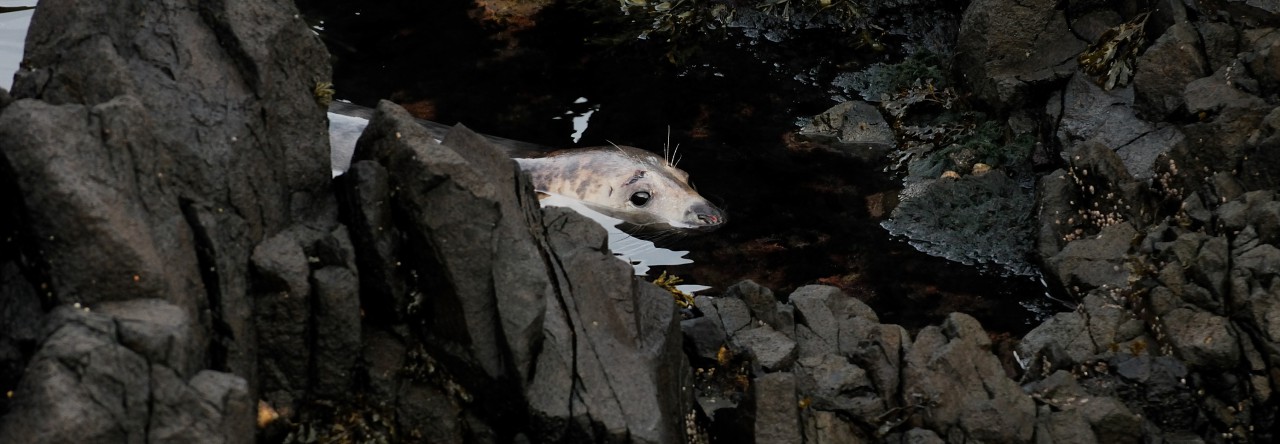Signs of life: Oxygen sensors confirm viability, measure oxygen consumption and provide rapid, effective contamination monitoring for field-based tissue culture
Kelly J. Robinson, Holly C. Armstrong, Simon E.W. Moss, Laura Oller, Ailsa J. Hall & Kimberley A. Bennett
Methods in Ecology and Evolution 12 (12), 2410-2420 (link)
Keywords: Bacterial contamination; field laboratory; metabolic function; oxygen sensor; respirometry; tissue culture; viability; blubber depth; fasting; feeding
Abstract
- Understanding the ecology and evolution of wildlife and domesticated species requires knowledge of their physiological responses to environmental change and the constraints under which they operate. However, whole animal experiments are often limited in sample size and can be logistically and ethically challenging. Culture techniques represent a powerful approach, but are used infrequently in field research due to practical constraints. We used minimal tissue culture equipment in a remote field site for in vitro explant experiments using blubber from wild grey seals Halichoerus grypus. Assessing explant viability and detecting microbial contamination in remote field sites, where facilities are often small, unspecialised and more vulnerable to bacterial or fungal infection, present major challenges.
- We investigated whether oxygen-sensitive planar optodes (OSPO) in closed system respirometry could be used to assess oxygen consumption by blubber explants from suckling and fasting wild seal pups as a proxy for viability. We also explored whether OSPOs could provide rapid information on whole animal relevant physiological metrics by determining whether explant oxygen consumption correlated with the nutritional state of the animal, blubber depth and other tissue metabolic properties, including glucose uptake, lactate production and lipolysis.
- Vials containing blubber explants consumed significant amounts of oxygen compared to controls, showing tissues were metabolically active. Oxygen consumption differed between nutritional states and blubber tissue depth. These differences were reflected in other tissue metabolic properties. Dissolved oxygen levels remained consistent over 24 hr in 94% of control vials containing only culture media. In 6% of control vials extremely rapid oxygen consumption preceded, by 2–3 days, colour changes in the phenol-red containing media that indicate lactic acidosis from microbial metabolic activity.
- Oxygen use in control vials was, therefore, an effective monitoring system that provided vital early warning of media contamination, allowing stocks to be discarded, which prevented erroneous results and avoided waste of valuable field time and irreplaceable samples. OSPO are thus a useful tool for simultaneously assessing tissue oxygen consumption, investigating functional physiological differences and monitoring microbiological contamination in culture experiments, particularly in field laboratories studying live tissues from wildlife.
